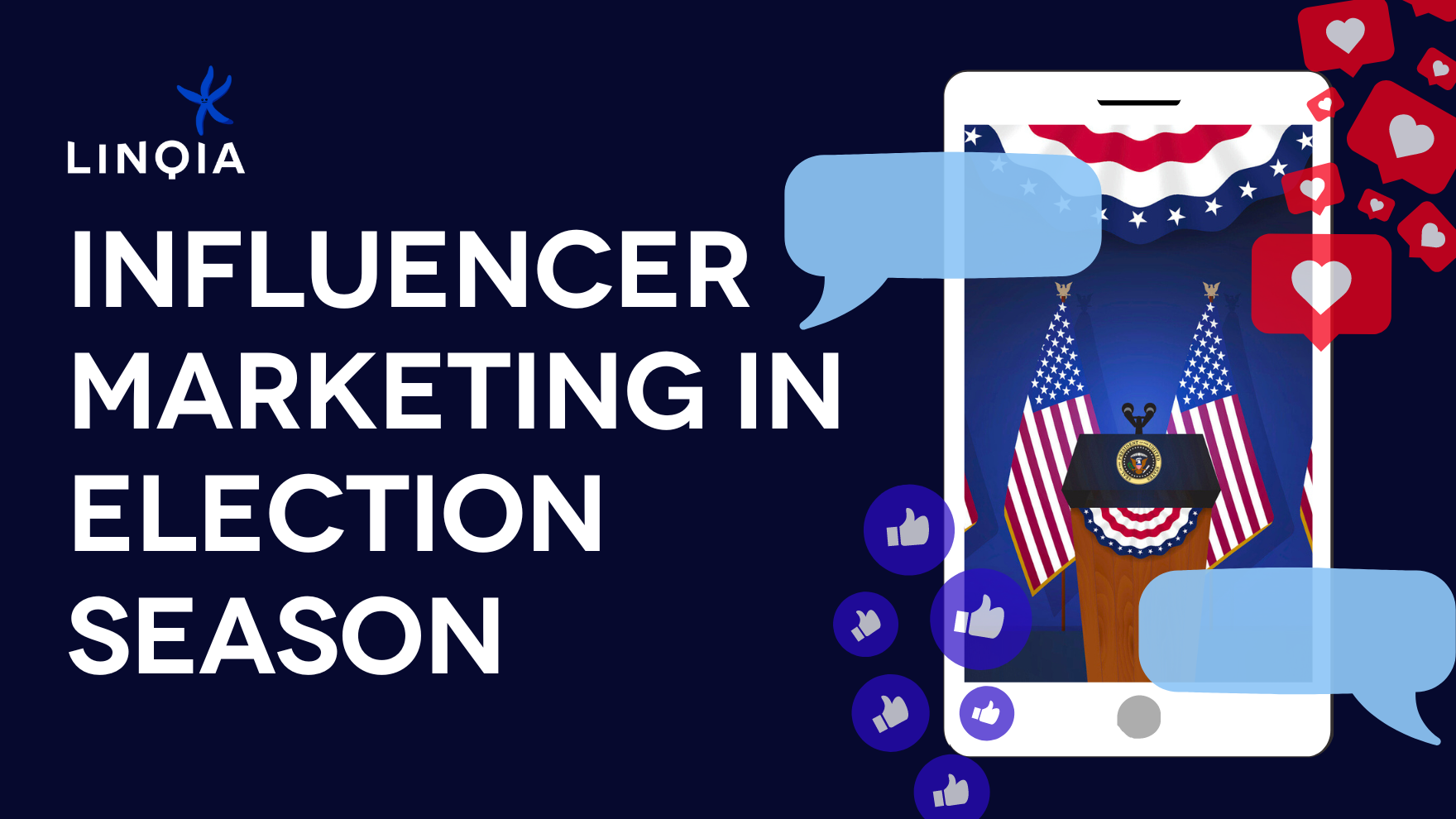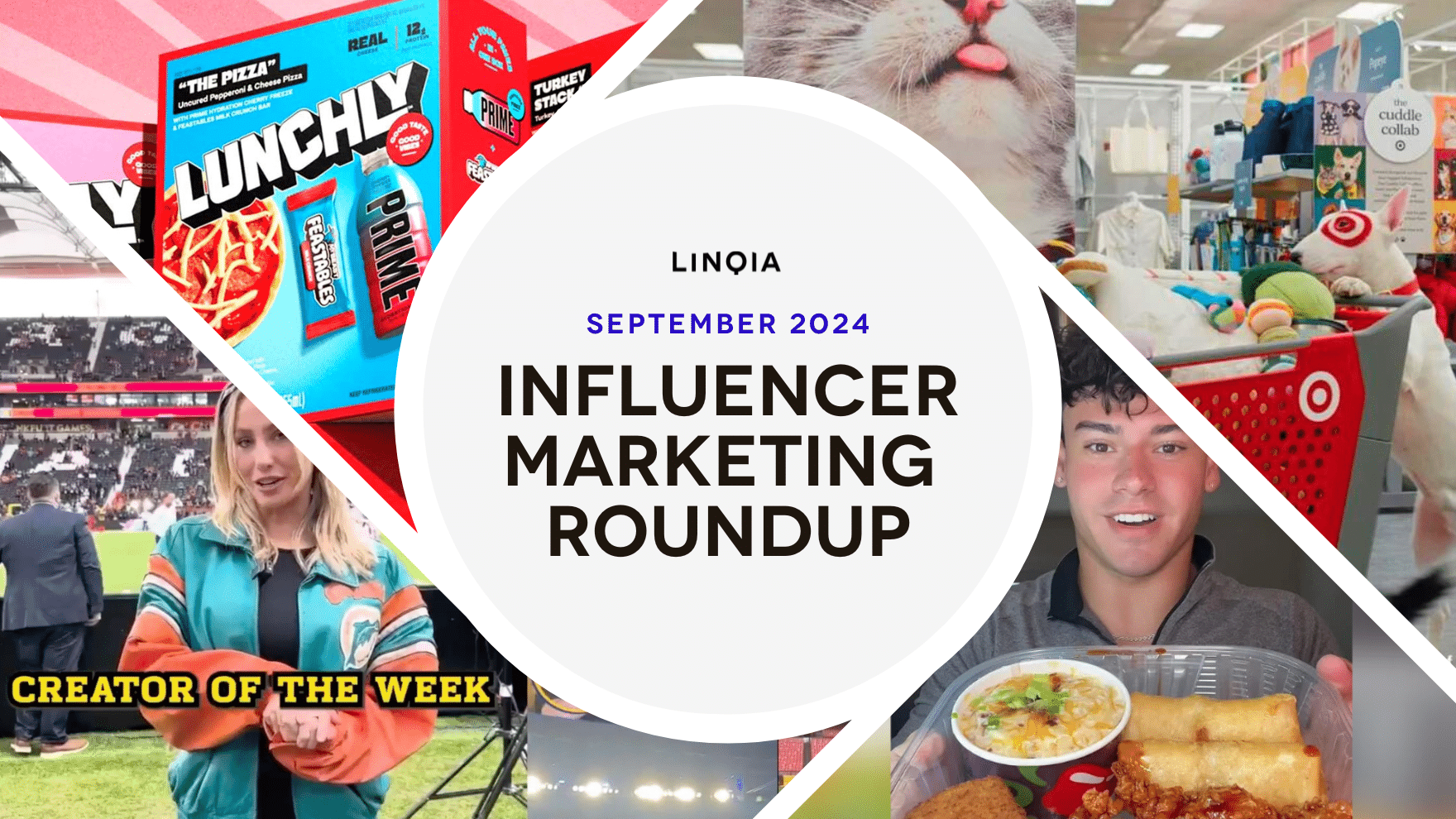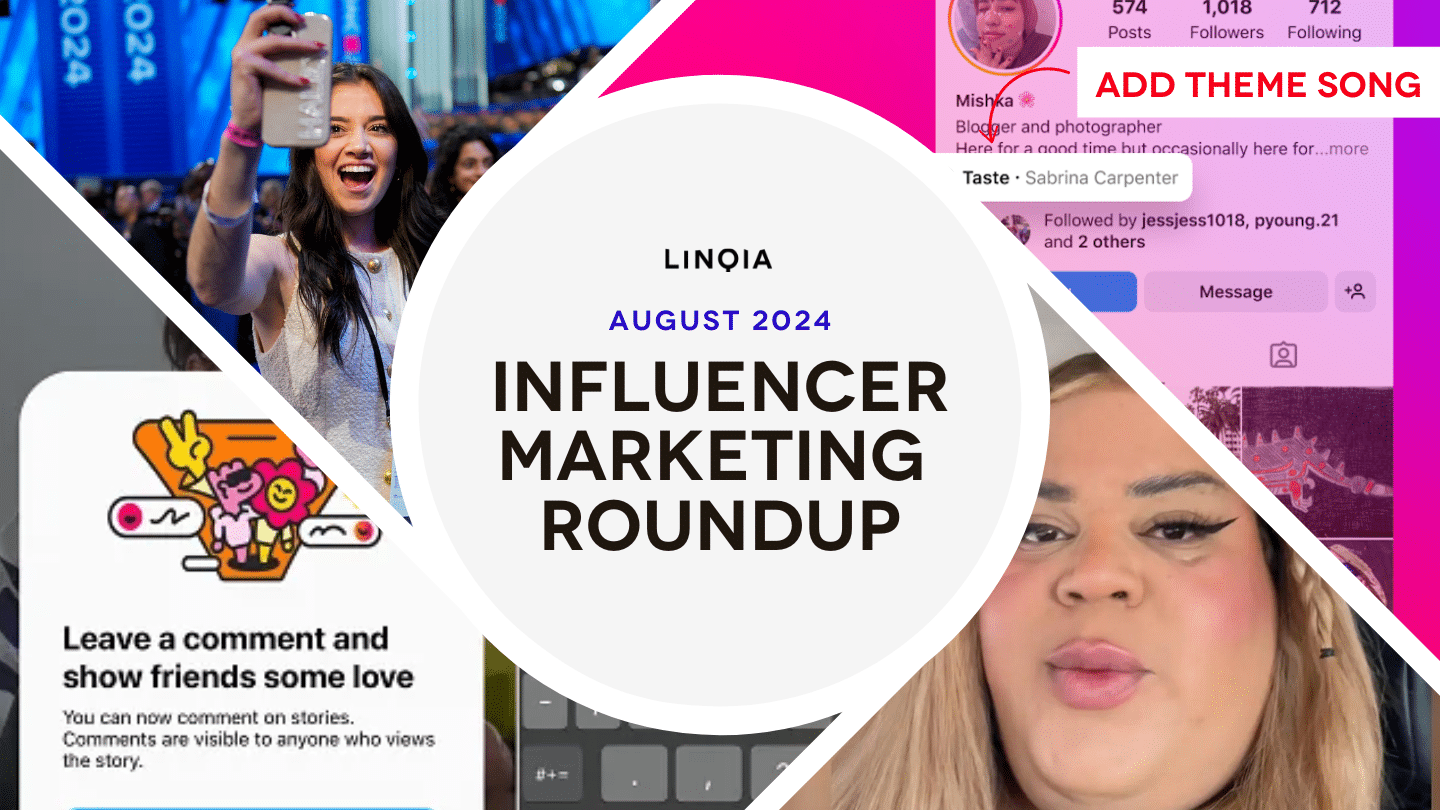This post was originally published on The Huffington Post.
Influencer marketing is on the rise. According to Gartner, marketers today are using influencer marketing “as a hedge against [the] declining reach of brand posts,” with 28% planning to start influencer marketing programs in the next year.
However, despite its increasing popularity, six out of ten marketers are still doing influencer marketing wrong. Brands and agencies are spending exorbitant amounts of money on influencer marketing programs and are questioning whether or not those programs drove meaningful business results. They are also using subjective methods to select influencers and in some cases are cavalier about the laws governing this powerful marketing channel.
It’s time for the influencer marketing industry to grow up. In order for influencer marketing to take its rightful place as a strategic part of the media mix, marketers must rethink their investments in the channel. There are three telltale signs of an influencer marketing program that is fundamentally broken:
1. You’re paying-per-post
A pay-per-post compensation model pays influencers a flat-rate to create and publish a single piece of content (whether it be a tweet, photo, video, or blog post). Nearly 60% of marketers pay-per-post despite there being no guarantee that the influencer’s audience will engage with, or even see, the content. This has resulted in an influx of negative backlash from those who say they’ve “thrown too much money” (up to $300,000!) at influencers with little return.
In order for influencer marketing to deliver a tangible ROI, influencers must be held accountable for driving business results. Smart marketers are shifting to performance-based programs, where influencers are compensated based on how well their content performs, not how many pieces of content they create. This is the only model that guarantees brands are paying for results by tracking against mid-lower funnel metrics like engagement, traffic, and conversions.
2. You Choose Influencers Based on Follower Count
Beware of the influencers whose follower counts seem too good to be true. In an effort to attract more sponsorship opportunities, many influencers are buying fake followers, boosting their follower count with dummy or inactive accounts. An easy way to evaluate this is by looking how the influencer’s content impacted the rest of your funnel. According to Digiday, Instagrammers with less than 100K followers have 8% engagement rates, while those with over 1 million followers only engage with 1.7% of their audience. If an influencer has 100K followers but routinely only get a few hundred likes, it’s clear a large portion of their following is fake.
An effective influencer marketing program activates influencers who have the proven ability to truly engage consumers and inspire people to take action, not the size of their “audience.” Look at how influencers move their audiences through the purchase funnel, measuring program performance by engagement, clicks, and conversions instead of potential reach.
3. Your Programs Aren’t in Compliance with FTC Disclosure Requirements
The Federal Trade Commission (FTC) requires sponsorship disclosure at the beginning of any sponsored blog post, video, or social message stating the individual was given compensation of some sort (money, product, travel experiences, etc.). Yet despite the FTC’s regulations, only 55% of marketers say they know what the most recent FTC disclosure requirements are and one in four influencers have been asked by brands not to disclose sponsored content.
This deceptive behavior needs to stop in order to protect the future of this channel. Consumer advocacy groups are currently urging the FTC to crack down on brands aiming influencer marketing ads to children (toys, snacks, etc.), saying that children have trouble differentiating between content and advertising. Brands and agencies should only work with influencer marketing providers that are knowledgeable and committed to FTC compliance.
If you’re paying exorbitant amounts of money per post, requesting to omit sponsorship disclosure, or selecting influencers based on audience size, it’s time to reevaluate your approach. Brands and agencies must hold their influencer marketing partners accountable for delivering real business results if this powerful channel is going to continue to thrive. Marketers would never be so careless with other aspects of their media plan so why should influencer marketing be any different?




